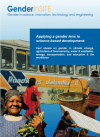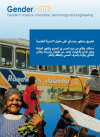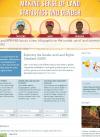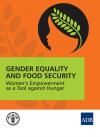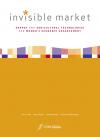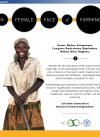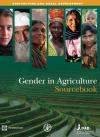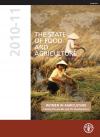Resources
21 Feb 2018
A booklet of fact sheets to provide an overview of the gender dimensions of the six GenderInSITE thematic areas: climate change, agriculture & food security, water & sanitation, energy, transportation, and education & the workforce
TYPE: Fact sheets
21 Feb 2018
A booklet of fact sheets that present an overview of the gender dimensions in the six GenderInSITE thematic areas: climate change; agriculture and food security; water and sanitation; energy;
transportation; and education and the workforce
TYPE: Fact sheets
09 Sep 2016
FAO:
Database provides gender and land-related statistics, national-level profiles of legal frameworks and policies and programmes to support the advancement of women or induce gender-differentiated access to land, and an interactive tool to visualize and compare gender-equitable land tenure policies across countries.
TYPE: Data
Read at Database on FAO website
09 Sep 2016
FAO/Asian Development Bank, 2013:
Report analyzes gender inequalities that constrain food and nutrition security in the Asia and Pacific region and recommends priority interventions that would enhance food and
nutrition security
TYPE: Policy briefs, Reports
09 Sep 2016
International Center for Research on Women (ICRW), 2012:
Research explores what it takes for technology initiatives, specifically in the energy and agricultural sectors, to reach and economically benefit women in developing countries through market-based strategies that have the potential for achieving scale and financial sustainability
TYPE: Case studies, Reports
09 Sep 2016
FAO, 2015: Infographic shows why women are important to agriculture, where gender gaps in agriculture exist and what the impacts of these gap are
TYPE: Data
09 Sep 2016
World Bank/FAO/IFAD, 2009:
Sourcebook combines descriptive accounts of experiences in investing in agriculture with practical operational guidance on utilizing gender-inclusive agricultural growth and rural development as a high-impact source of poverty reduction
TYPE: Reports
09 Sep 2016
FAO, 2011: Report presents evidence on women’s contributions to and constraints in agriculture, demonstrates the economic and social implications of the gender gap, evaluates interventions to reduce the gender gap and recommends practical steps that national governments and the international community can take to promote agricultural development by empowering women.
TYPE: Reports




